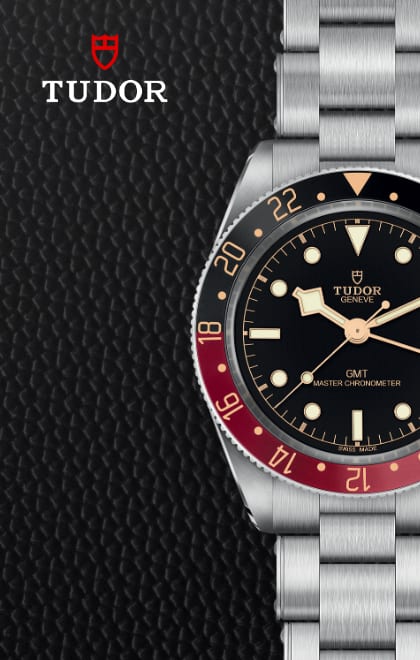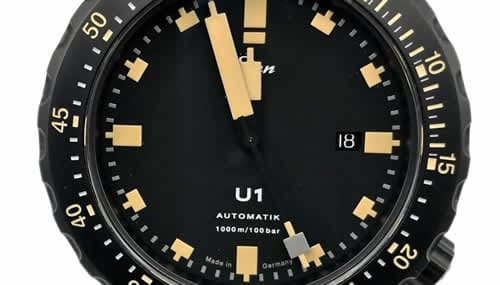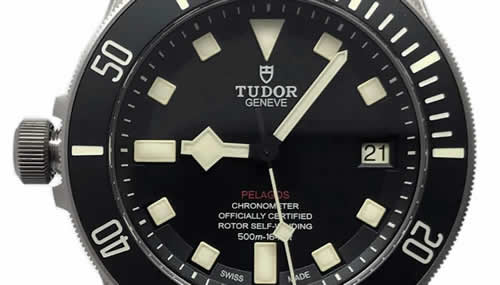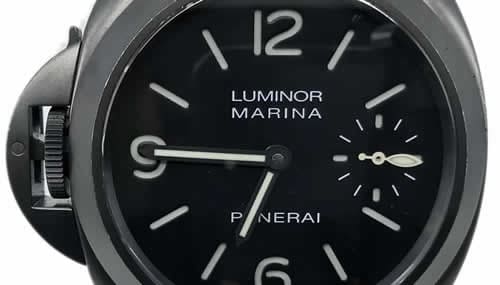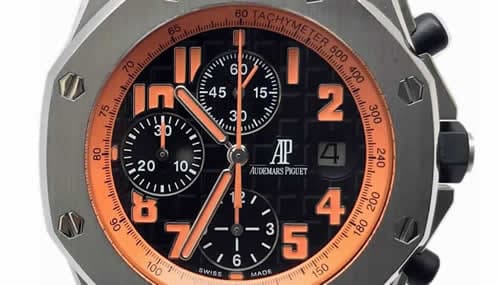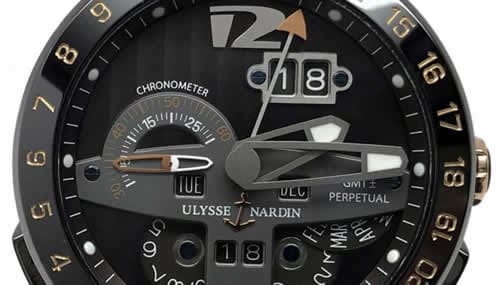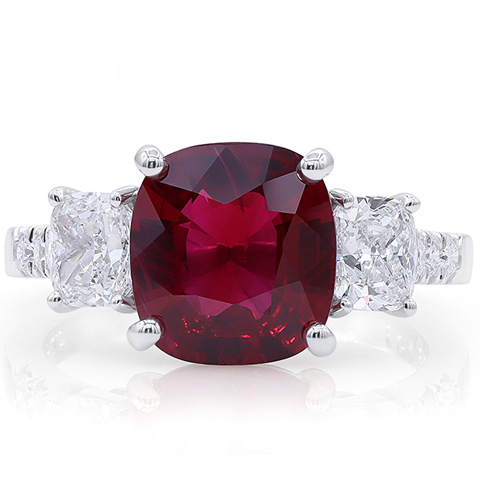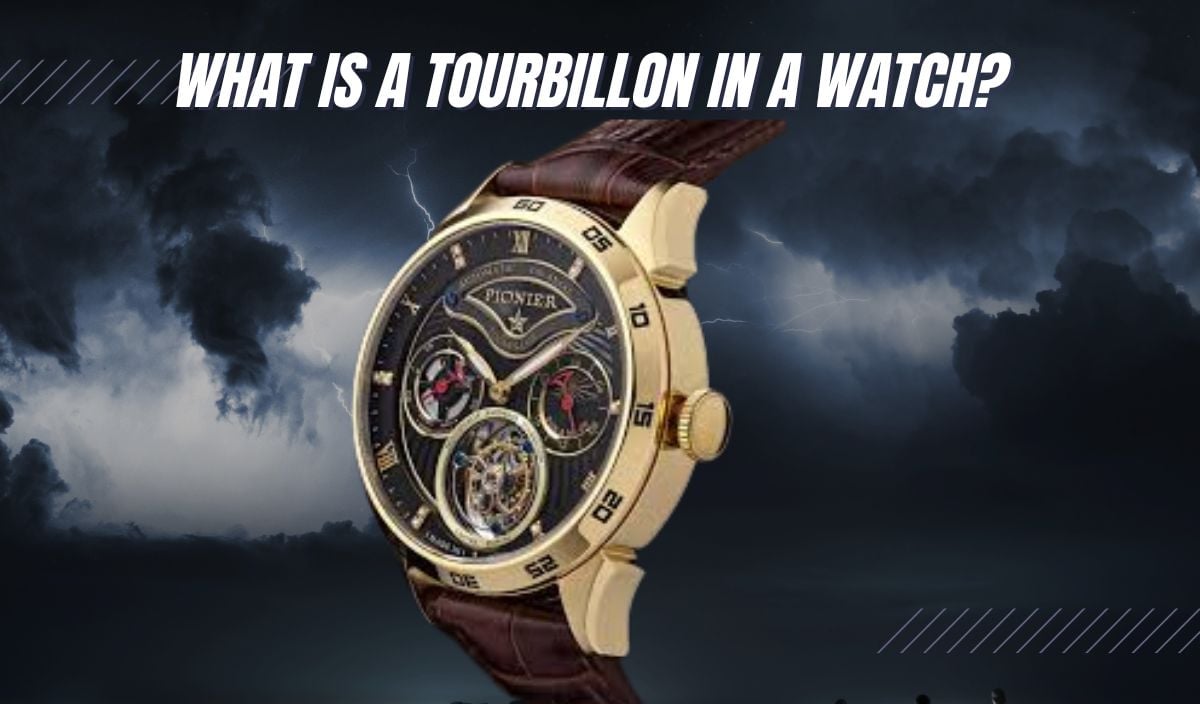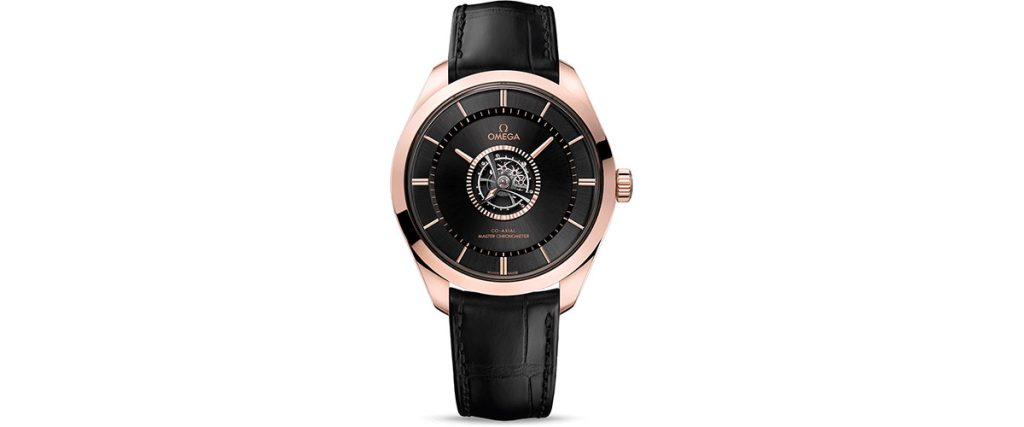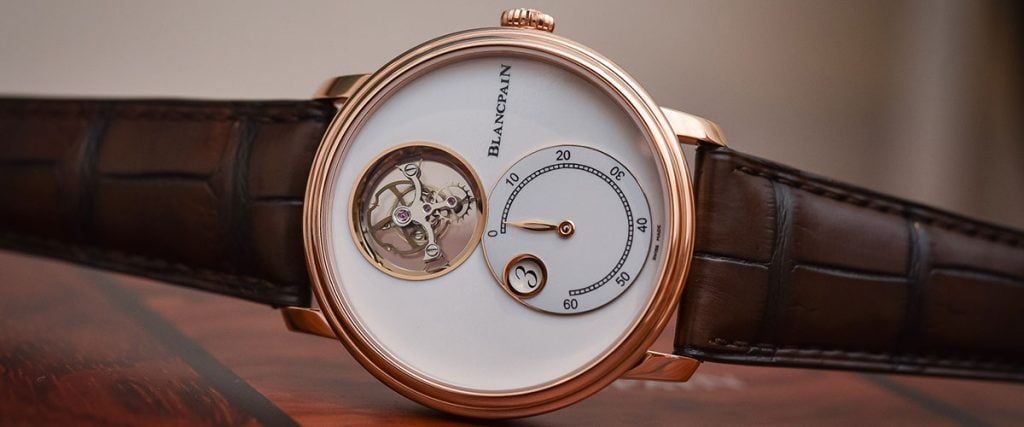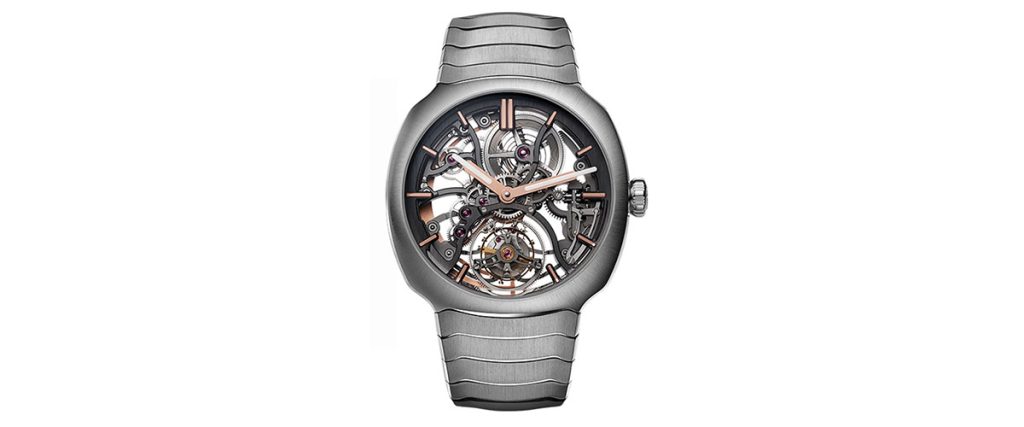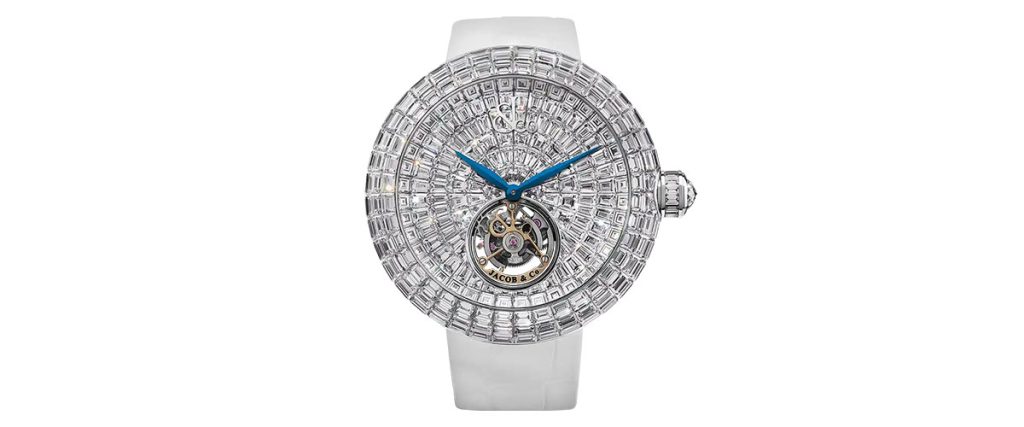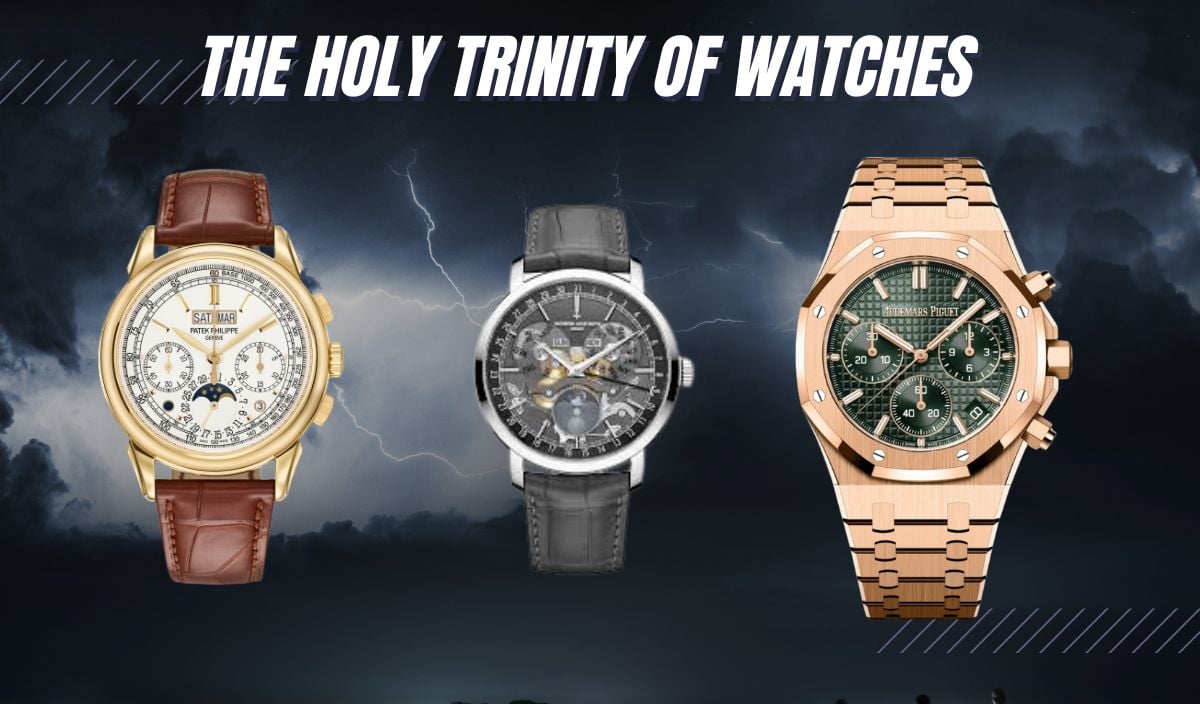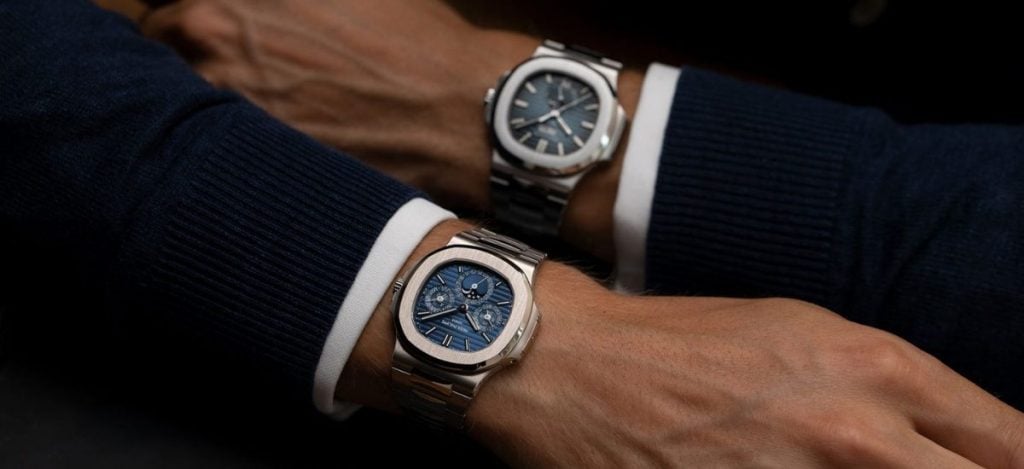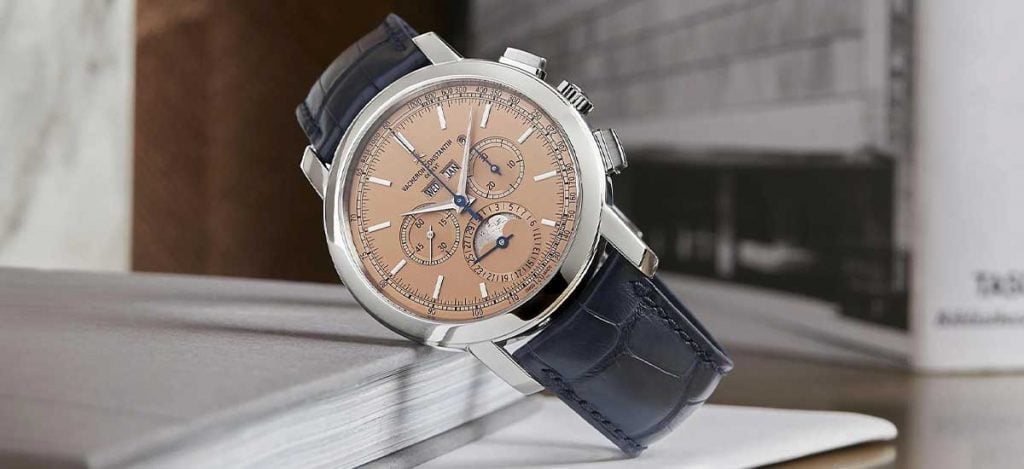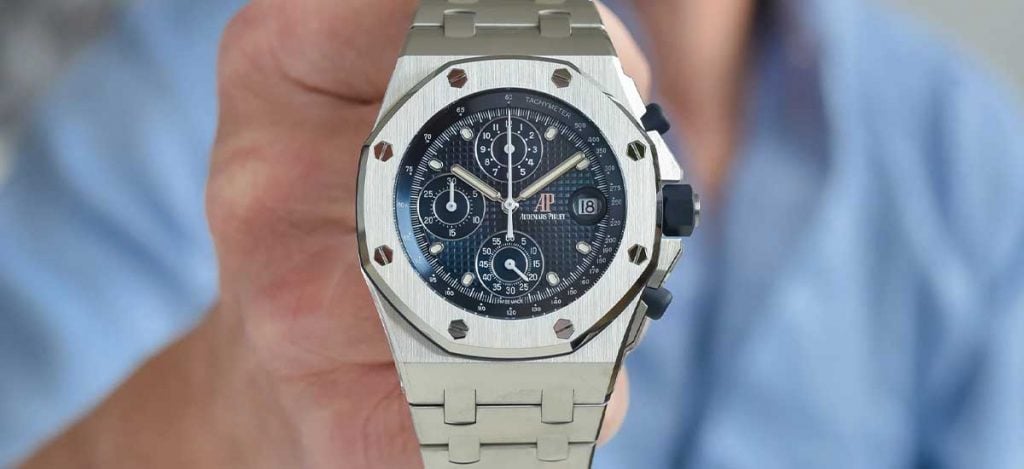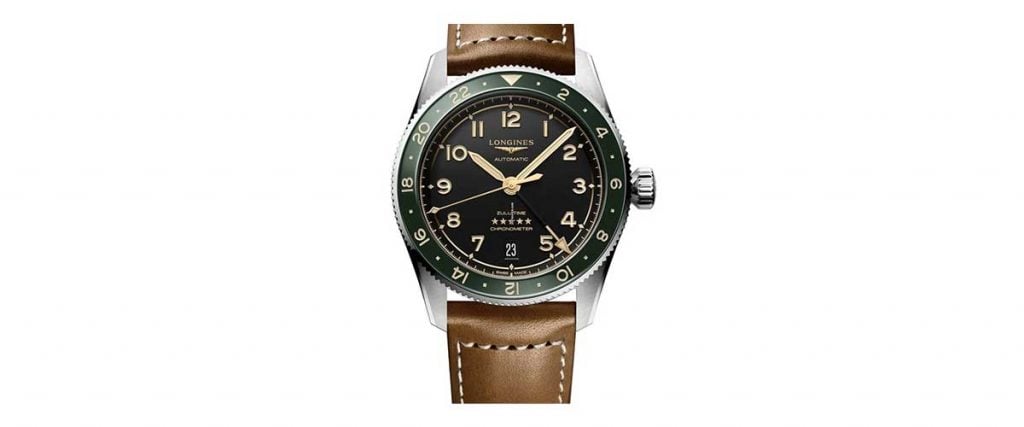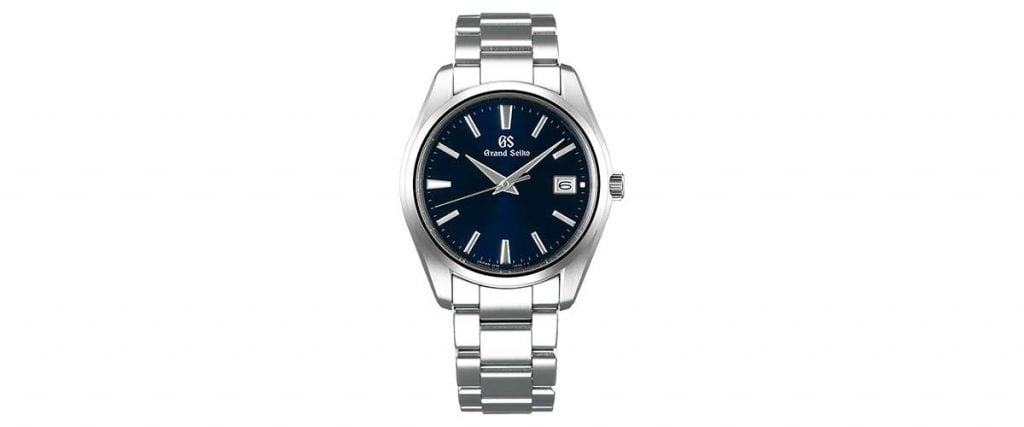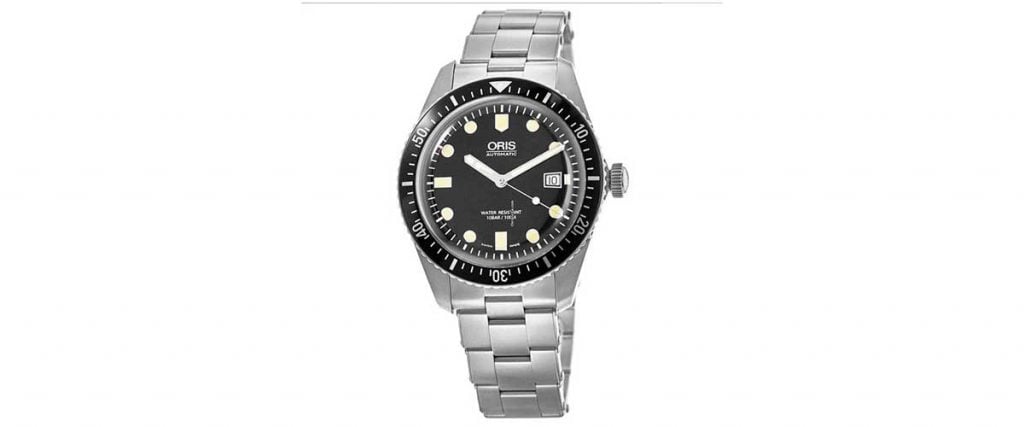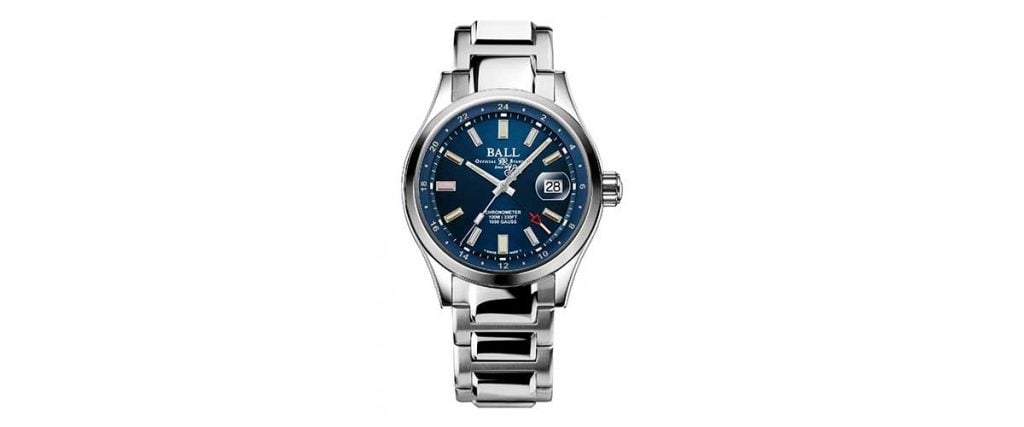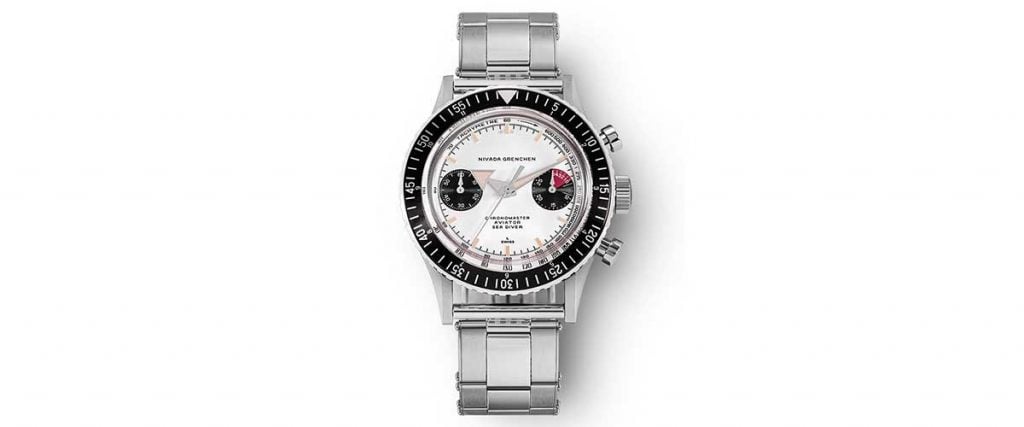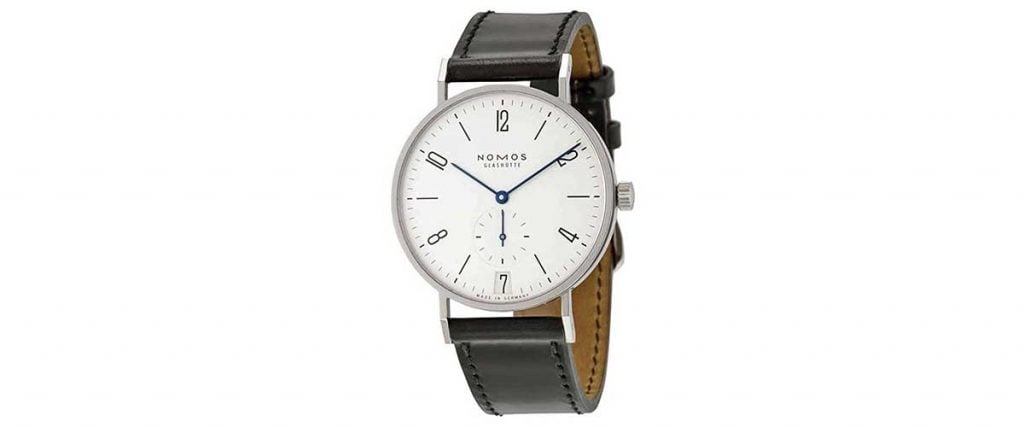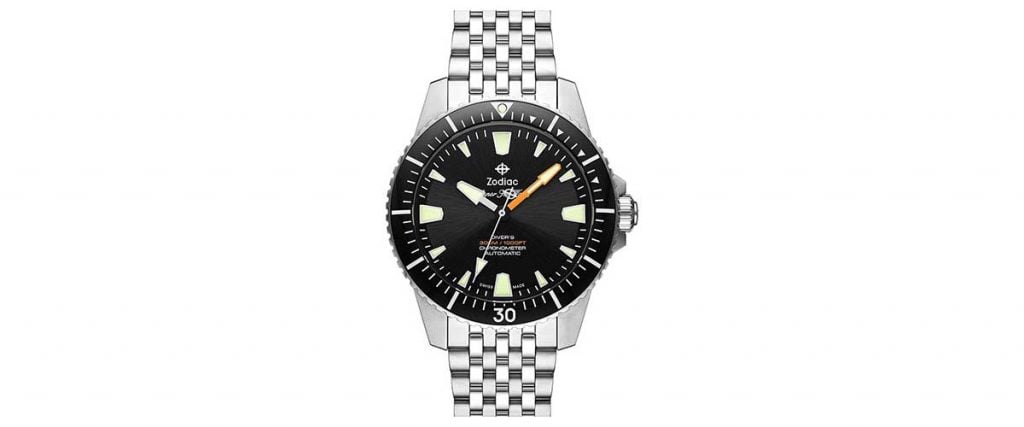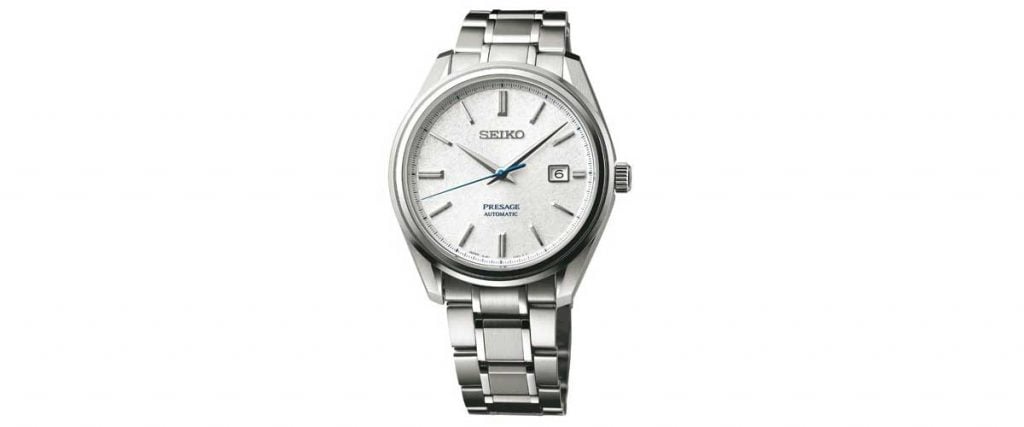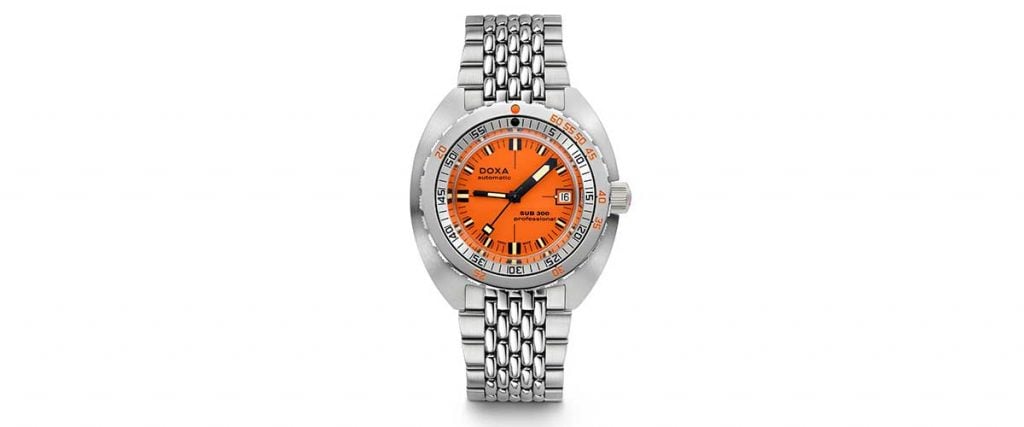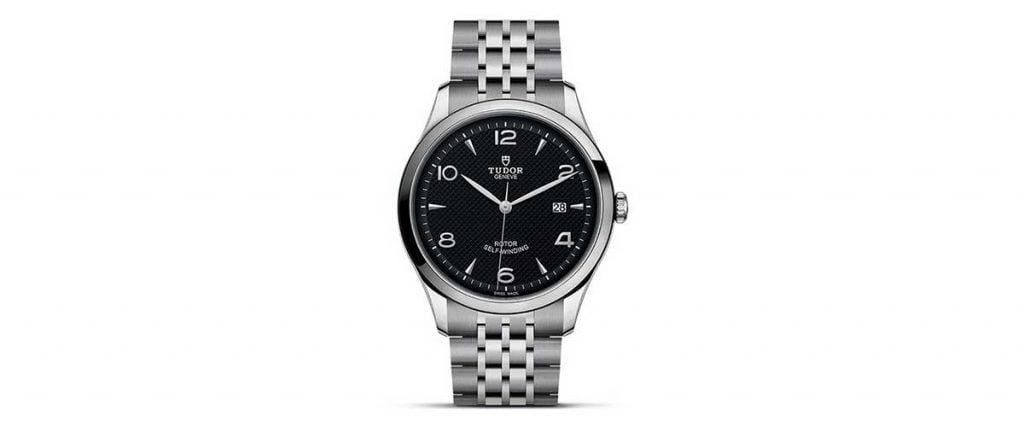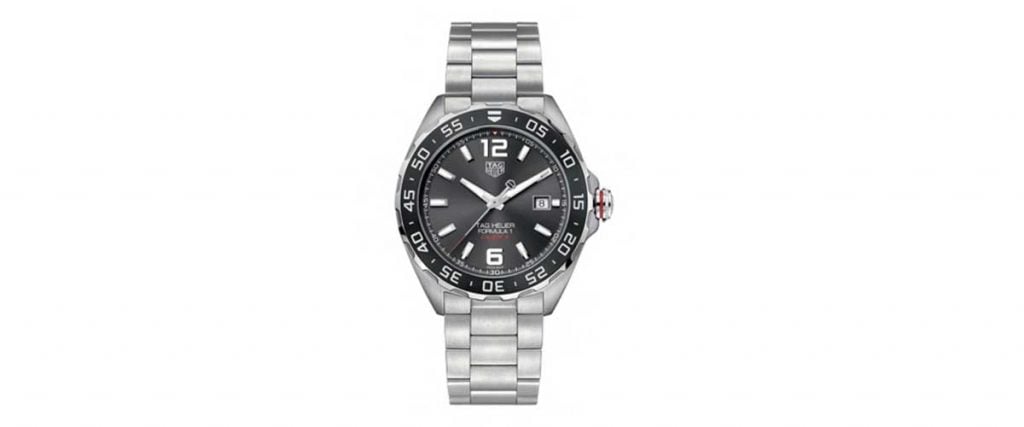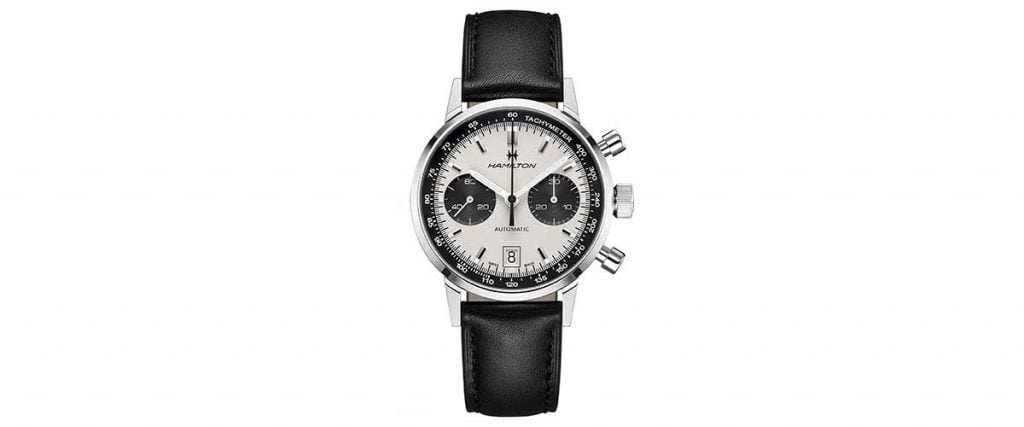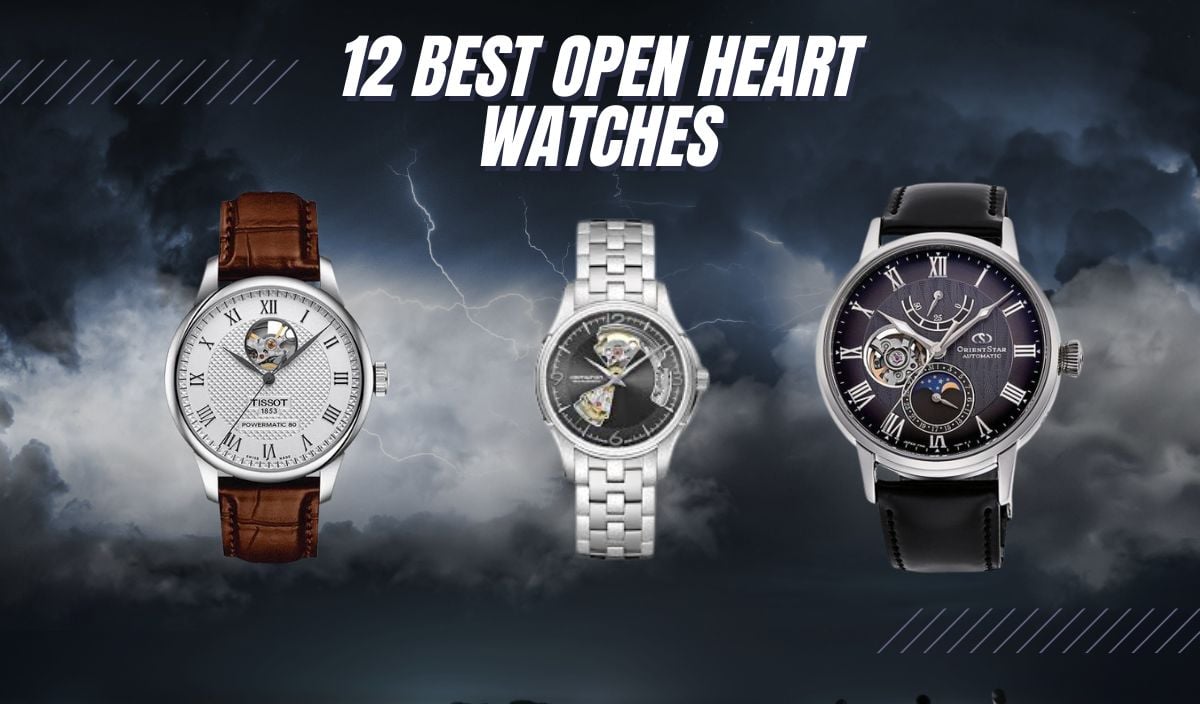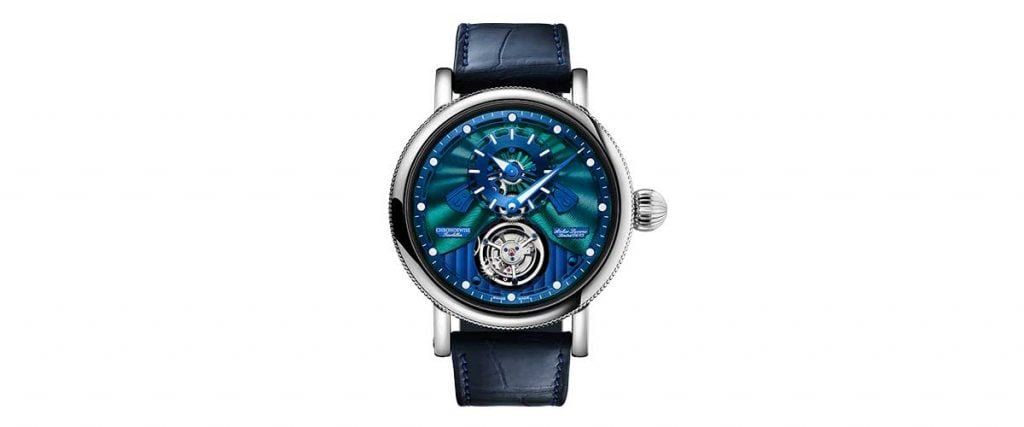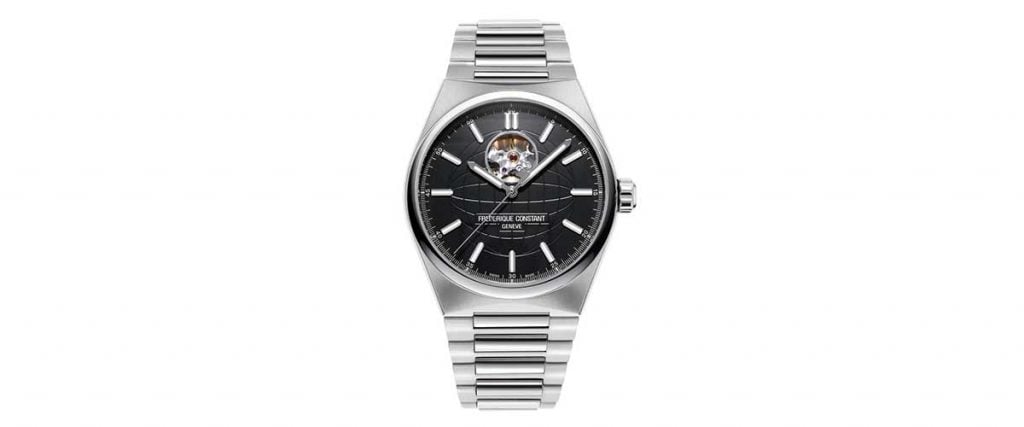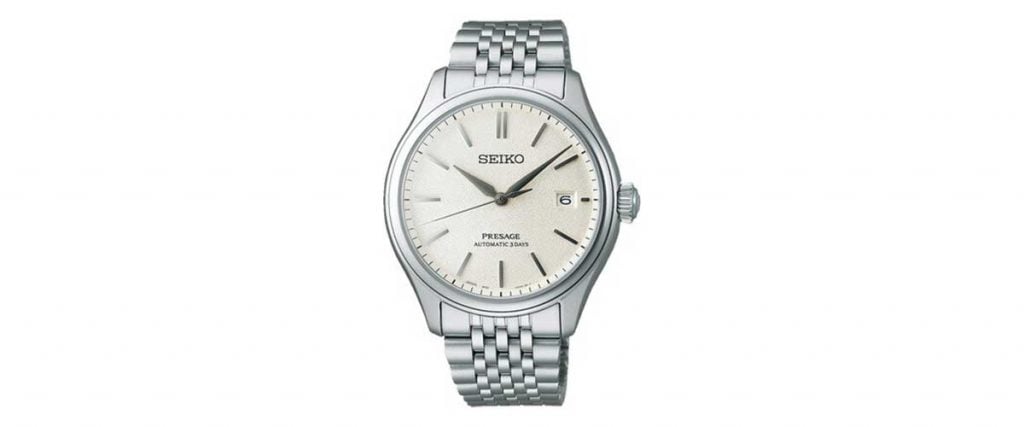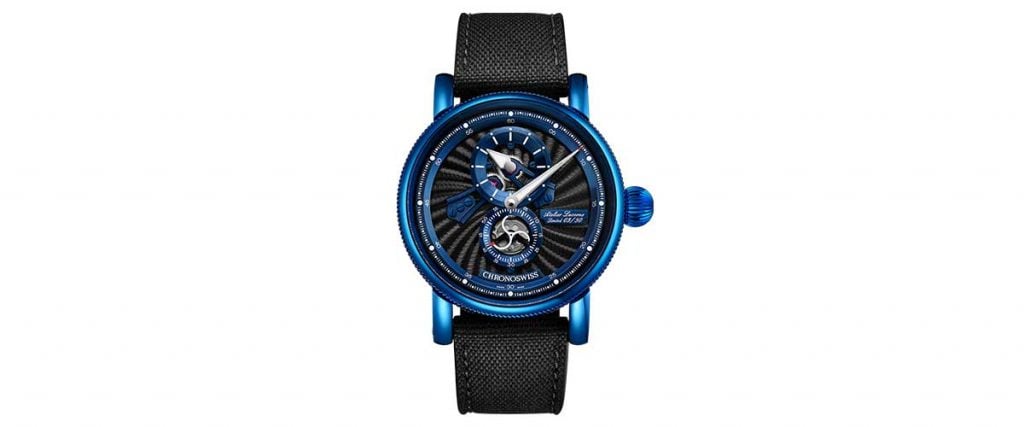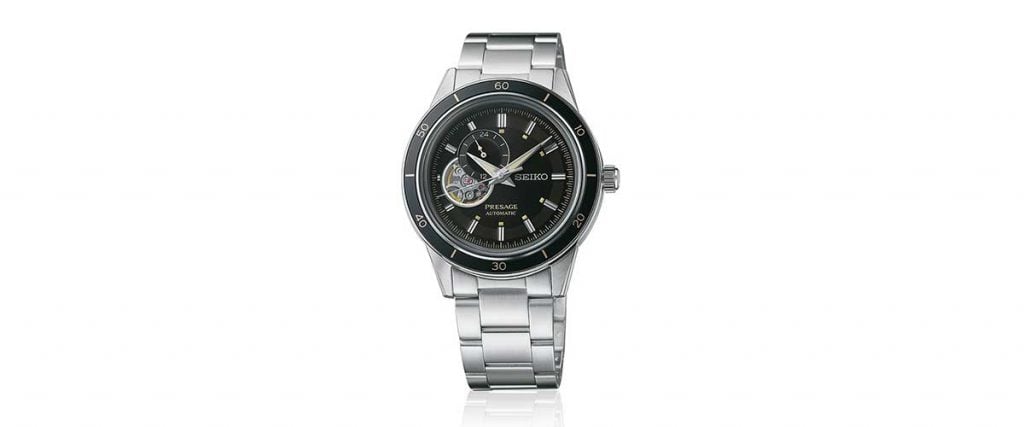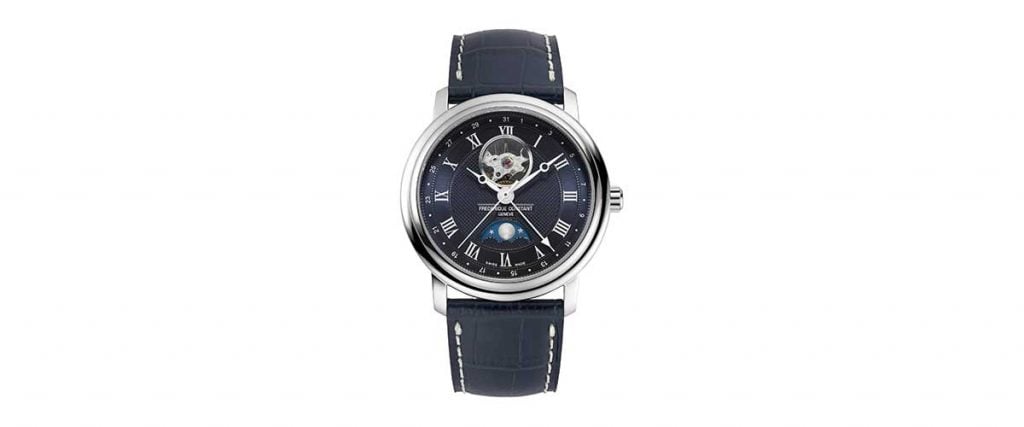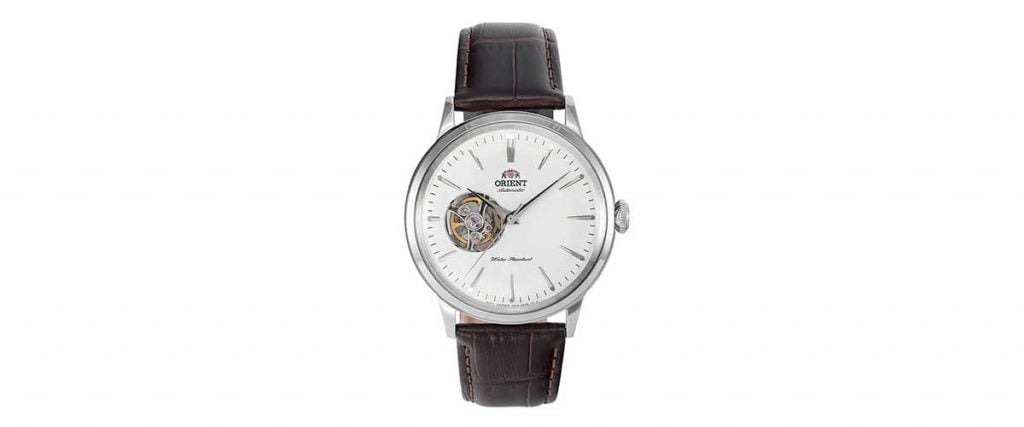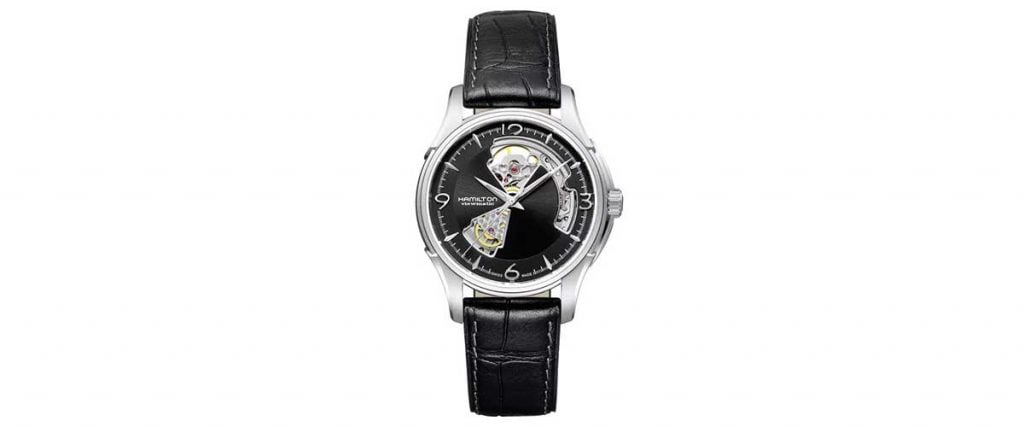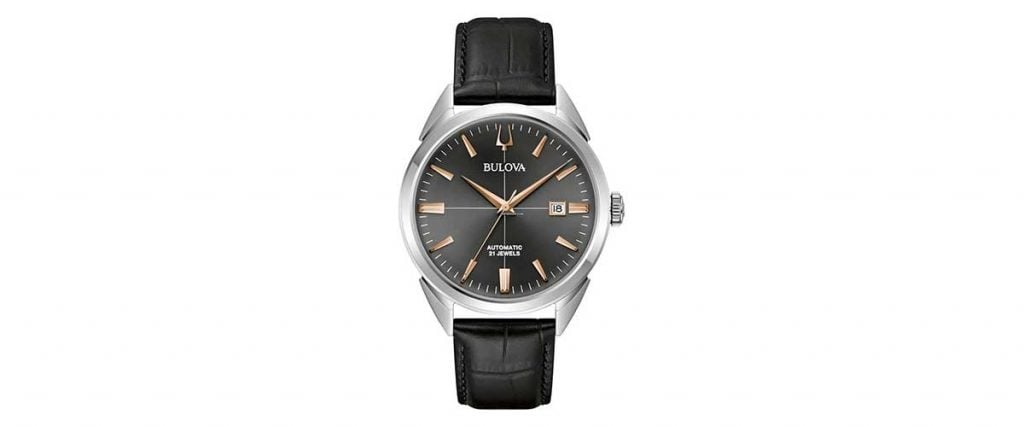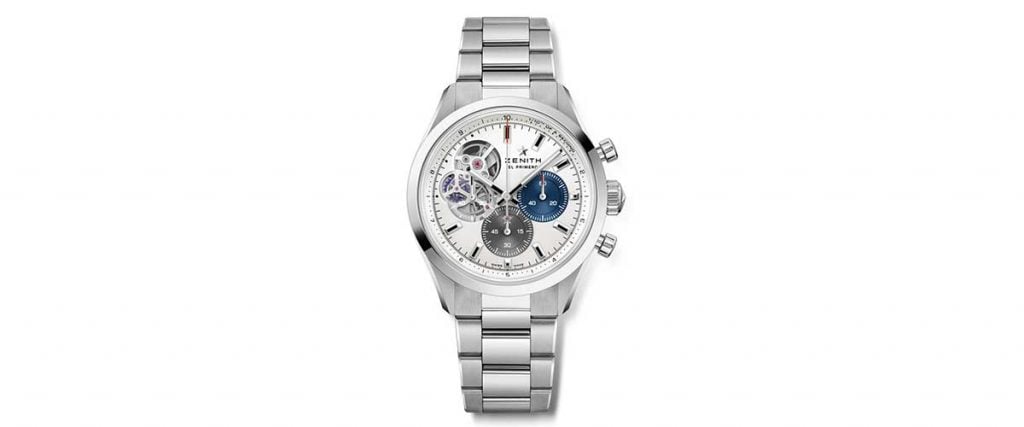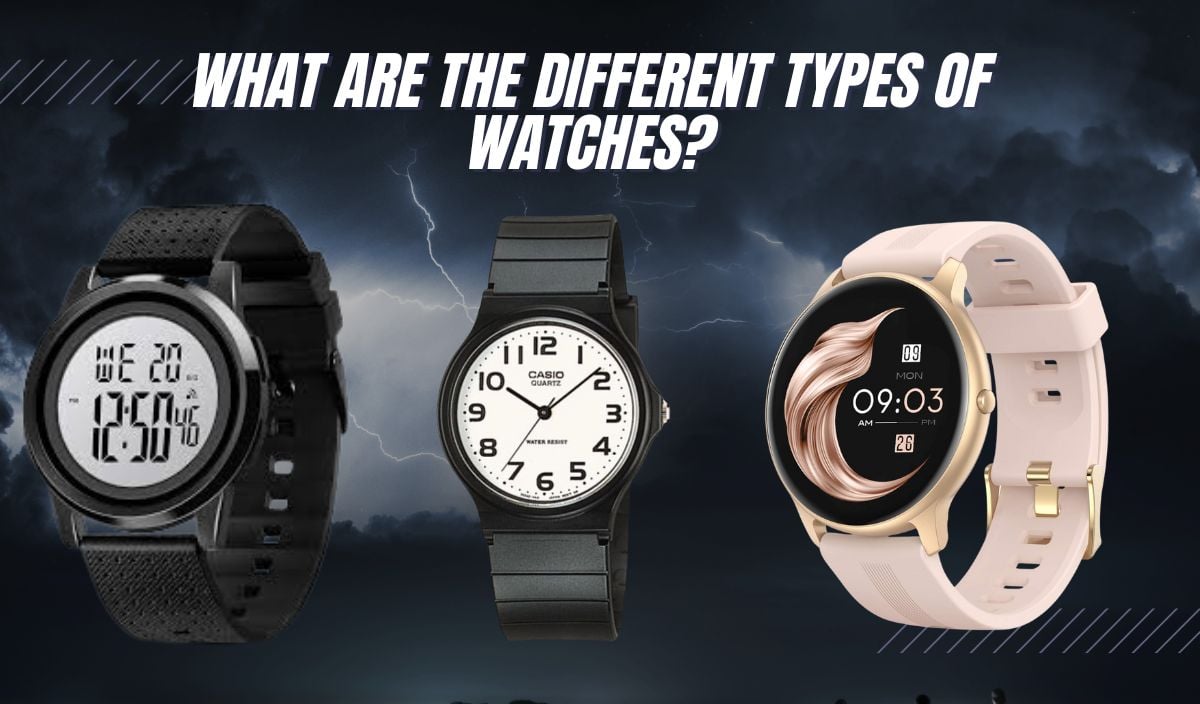
It’s hard to think back to a time when watches were seen predominantly as a female accessory. Especially since the luxury watch industry has become such a male-driven space. Maybe that’s got something to do with watches being one of the very few items of jewelry a man can wear. But that’s perhaps a topic for another day.
My point is that men held onto the classic pocket watch long after Breguet introduced its first wrist-worn watch back in 1810 for the Queen of Naples. No one had ever seen a design like that before. Its oblong case framed an engine-turned silver dial, boasting complications like a moon phase, thermometer, and repeater. You can certainly see why innovations like this wouldn’t necessarily appeal to a male demographic at the time.
Men’s watches didn’t really become a thing until the need for a reliable and legible wrist-worn watch during the First World War became apparent. Soldiers on the frontline needed a watch on a strap. Pocket watches proved very impractical for responding to the demands of warfare. In such circumstances, grabbing for a grenade with your spare hand rather than fumbling around for your pocket watch made all the difference.
Before this, though, Cartier had released the very masculine Santos de Cartier pilot’s watch, so wristwatches weren’t completely alien. However, as is often the case, it takes time for society to conform to a change.
The narrative that watches might not just be solely for women began to shift perceptions, and gradually, more and more designs began emerging. They weren’t just fashion accessories anymore. They were instruments that served a function. They were practical – able to hold up on the wrist under pressure. They were legible and reliable.
Even after time spent on the battlefield, soldiers returned home wanting to wear a watch. Since that time, the market for watches has expanded exponentially. Luxury timepieces have become more refined and elegant.
But at the same time, technologies have advanced so much that they now offer exceptional robustness, longevity, and accuracy. Today, there is a huge choice of watches to pick from. The question remains as to where to start looking if you’re new to the scene and you want to invest in one.
If you don’t quite know what you’re looking for in a luxury watch, then the beginning is a pretty difficult place to start. Browsing watches online can be a daunting task, and trust me when I say you’re bound to fall down the odd rabbit hole or two. Before you tackle the mammoth task of searching for the perfect watch with us, there are some basics you need to know.
In this easy-to-follow guide, I’m going to talk you through the different ways in which a watch works. We’ll look at two types of mechanical watches, automatic and manual winding, and we’ll see how these differ from the quartz watch.
Then, we’ll look at the key watch styles and what each one offers you as a first-time buyer and wearer. We’ve got all the bases covered, so go grab a drink, kick back, and let’s begin this beginner’s guide on how to begin being a beginner (are you with me?).
Types of Watches Based on Movements
Part of the enjoyment of owning and wearing luxury watches is in understanding how they work. For many horology enthusiasts, admiring the complexity at play behind a transparent caseback and catching a glimpse of how each intricate component within that movement works harmoniously with another is a huge part of the experience.
Some of the oldest watch manufacturers in the world have earned their respect by upholding time-honored watchmaking techniques that are now centuries old. Horology is a craft and an art all rolled into one. What often makes one manufacturer stand out against another is how it builds its timepieces from the inside out. The organ of the watch is the movement, and there are three key types. Let’s look at each one in a little more detail.
Manual-Winding Watches
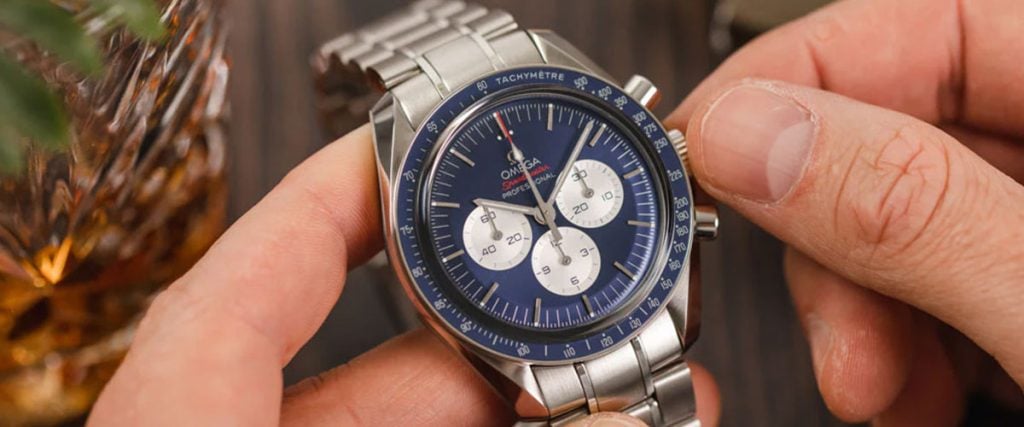
Manual winding movements belong under the mechanical umbrella and are the oldest of the lot. Put in simple terms, it is the winding of the crown in a mechanical watch (or the turning of a rotor in an automatic) that causes a spring to tighten inside the watch. With the help of an escapement to regulate the release of energy, that mainspring slowly starts to unwind, providing energy to the watch.
Whereas an automatic watch takes care of the winding part, a manual-winding watch doesn’t. You’ll need to wind the crown regularly to keep your timepiece ticking over nicely. Many experienced collectors love the manual winding watch because of its tangible beauty and its visual complexity, which is often afforded through an exhibition window on the caseback.
Winding the crown tightens the mainspring, and once it is fully wound, it begins to unwind via the barrel, feeding energy to the escapement via a series of wheels and gears called the going train.
Thanks to the use of an escapement wheel and balance fork, the mainspring is prevented from unwinding itself rapidly and losing all the energy at once. The escape wheel itself catches on a pallet that notches back and forth, connecting with an impulse pin to slowly release energy.
When you look through the back of a watch, one of the first things you will see is the balance wheel, prominently displayed through a sapphire crystal glass window as a symbol of craftsmanship. It spins continually, almost effortlessly, as the watch runs.
Automatic Watches
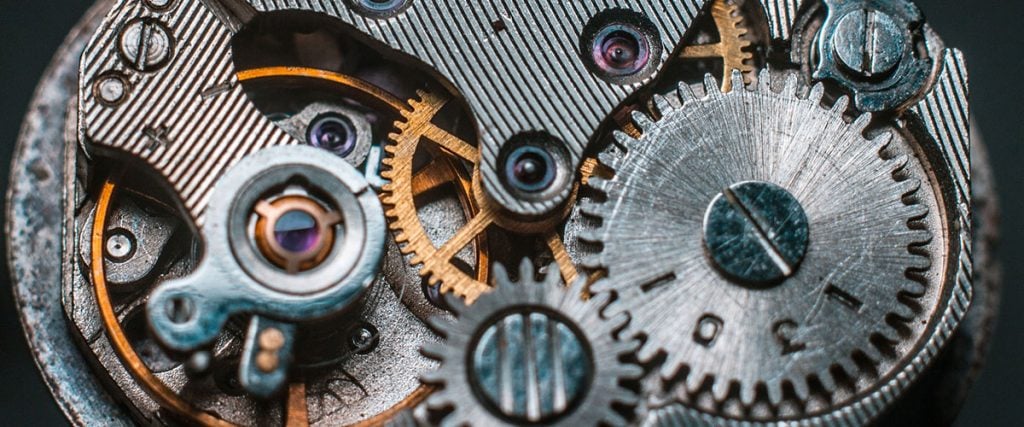
With an automatic watch, a freely rotating weight rocks back and forth with the movement of your wrist. As it does so, it automatically coils the mainspring for you. The rest of the movement works in the same way as a manual-winding movement. The first thing your eyes will be drawn to when flipping an automatic watch over with an exhibition caseback is the rotor. Oftentimes, this rotor is engraved or decorated, especially by the manufacturer who makes the watch.
Swiss watchmaker Oris, for example, implements a distinctive red rotor into all of its watches, while others may be skeletonized, crafted from 18k gold, or simply engraved with a company name.
Quartz Watches
When the battery replaced the spring in the 1970s, it spelled disaster for so many traditional watchmakers. Some were never fortunate enough to make a comeback after the Quartz Crisis. Others survived only by changing tack and equipping some of their most popular timepieces with a quartz movement to feed consumer demand.
Quartz has always been the cheaper and faster movement to produce. The first example was the Aston, produced by Seiko in 1969. The quartz watch works by converting electrical energy to physical energy.
In a quartz-operated watch, an electrical current is sent to a microchip via a battery, causing a crystal to vibrate at high frequency. A microchip then picks up the vibrations created by the crystal, turning them into electric pulses that send the hands around the dial.
Generally speaking, automatic and manual-winding watches are more expensive than quartz movements. Mechanical movements require regular services to ensure they perform seamlessly, but they last much longer than quartz watches.
The advantage of buying a luxury timepiece from a respected manufacturer in the industry is that replacement parts and services will always be available (either directly by the official brand or via an authorized dealer). Quartz watches, on the other hand, are more affordable and make for great beginner watches, although many collectors feel they lack the complexity and craftsmanship that a mechanical watch offers.
Spring Drive Watches
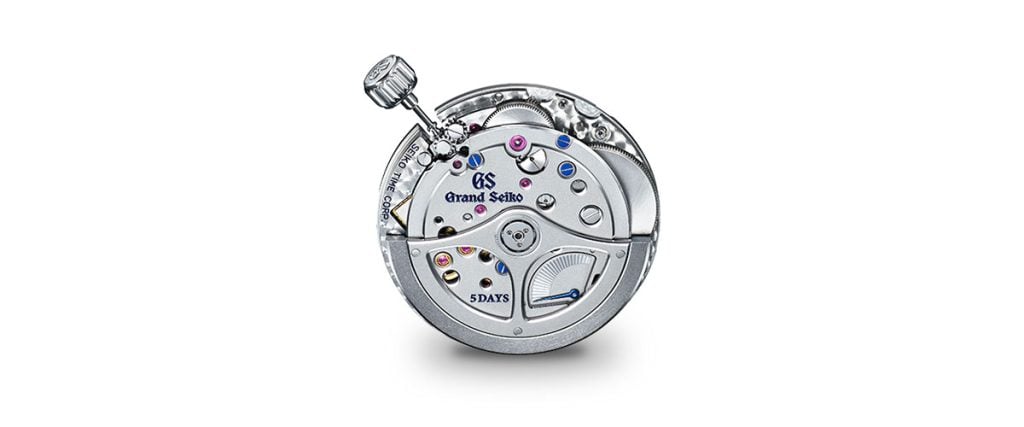
The Spring Drive Movement is a concept developed by Japanese watchmaker Seiko. It combines the advantages of both quartz and mechanical movements. Instead of the typical escapement you’d see in a mechanical watch, the Spring Drive Movement incorporates a tri-synchro regulator.
This is a speed control mechanism that works by controlling the mainspring’s energy release, then converting the mechanical power to electrical energy, delivering it to a piece of quartz. The quartz then oscillates while the tri-synchro regulator generates a magnetic force that applies a break control, making sure optimal timekeeping is maintained. The Spring Drive movement is used in many Grand Seiko watches, including the “Omiwitari” and the “White Birch”.
Types of Watches Based on Style
Now that you know the difference between a mechanical and quartz watch, Let’s take a look at the different styles of watches available.
Dive Watches
The history of the dive watch goes back further than you think! While dive watches were enjoying their heyday back in the 1950s, the fundamental values of this style of watch were established much earlier.
Before the Blancpain Fifty Fathoms and the Zodiac Seawolf, and before models like the Submariner by Rolex and the DOXA SUB – there were waterproof cases like the Rolex Oyster in 1926 and the 1936 Omega Seamaster. Panerai had also developed its military-inspired Luminor watch for the Italian Navy (although it wouldn’t be released to the public until the 1990s).
The core principles of these watches are still underpinned in most modern dive watches. Modern-day dive watches have lockable bezels, unidirectional dive scales, legible dials, screw-down crowns, depth gauges, and helium escape valves. There is an abundance of styles and designs to choose from today, and pretty much every esteemed manufacturer in the industry has dipped its toe into making a dive watch.
Some of the most popular are those like the TAG Heuer Aquaracer, the Omega Seamaster Aqua Terra, the DOXA SUB 200, the Panerai Submersible, and the Breitling Superocean, not forgetting, of course, the iconic and highly covetable Rolex Submariner.
Dress Watches
Dress watches have been around for centuries and are the most elegant of all. Even though they aren’t the kind of watch you would wear for daily affairs, outdoor pursuits, or sports, some are still robust enough for these environments. Manufacturers that excel in the realms of dress watches include Vacheron Constantin, A. Lange & Söhne, Patek Philippe, and Breguet.
Dress watches are more formal and elegant in style than your average daily beater. They often come in cases crafted from 18ct rose gold, yellow gold, white gold, or palladium and communicate opulence through simplified dials, slim case dimensions, and classic bracelets or leather straps.
Some manufacturers create dress watches with diamond dot hour makers or diamond decoration on the dial, while others are resolutely understated for pairing with formal or business attire.
Field Watches
Field watches pay homage to military timepieces used in military warfare dating back to the First World War. They are the most utilitarian of designs, featuring legible dials, robust cases, and, sometimes, material straps that give them a distinctive vintage vibe. If you like watches with a bit of old-world charm, a field watch may be a great first watch for you.
Hamilton is a master in creating field watches. Its popular Khaki line of Field, Navy, and Aviation timepieces promises lashings of Super-LumiNova material on the dial and additional 24-hour tracks. Field watches are durable, accurate, and functional. These minimalist military watches are favored by collectors for their comfort and wearability.
Chronograph Watches
Chronograph watches are one of the most popular complications to own, thanks to their useful stopwatch facility for measuring elapsed time. Whether you opt for a complex timepiece that combines this function with a perpetual calendar or a split-second chronograph to measure laps around a racing track, this type of watch will add something dynamic and sportier to your collection.
You can use the timing feature on a chronograph to boil an egg on a Sunday morning or for more crucial timings in sports training. In the early 1900s, Breitling was one of the first manufacturers to add an independent 2 o’clock pusher to a wrist-worn chronograph.
TAG Heuer is another leader in the chronograph field. The brand’s stylish chronograph watches have become the face of the brand’s many sporting partnerships over the years. Chronograph watches also come with features like tachymeter scales and pulsometers, while flybacks can start, stop, and reset a timing with a simple button push.
Pilot Watches
If you thought pilot’s watches were only for aviators, you were very wrong. They do have some very useful applications in the cockpit, don’t get me wrong, but seldom are they used for flying anymore.
A pilot’s watch is a niche style that is sought-after by devoted collectors who simply love their style. Most have a distinctive retro charm and carry elements like legible Arabic numerals, luminous hands, and a triangular pointer at 12 o’clock to help orient pilots flying fighter jets during battle.
After Cartier developed the Santos watch for Alberto Santos-Dumont, flieger watches designed by manufacturers like IWC, Laco, and A. Lange & Söhne arrived. Today, pilot’s watches are a popular choice and are loved for their functionality and legibility.
The Breitling Navitimer watch, for example, features the slide rule bezel that pilots once used for complex air-bounce calculations like speed and fuel consumption. Examples of manufacturers creating modern-day pilot tools include Bremont, Zenith, Longines, Breguet, Fortis, Oris, and Sinn.
GMT Watches
GMT watches are one of the most practical tools you can own. If you’re looking to start your luxury watch collection with a travel watch, I’d recommend a GMT watch. It displays an additional time zone in a 24-hour format that you can follow while traveling away on business or for leisure.
The GMT hand forms an integral part of this design and is often triangular and highlighted in a contrasting color for improved legibility. The hand coincides with the 24-hour scale to provide time back at home, while the main central hour and minute hands track the current time of your destination.
One of the most iconic GMT watches is the Rolex GMT-Master II, including the coveted Pepsi and Batman models with respective red/blue and blue/black bezels. Other popular examples include the Aquascaphe GMT by Baltic, the BR V2-93 GMT watch by Bell & Ross, and the Longines Spirit Zulu.
Tourbillon Watches
A tourbillon watch is one of the priciest options from the list but it’s also one of the most complex and beautiful. The first of its kind was developed by Abraham Louis-Breguet (yes, that’s the same manufacturer that developed the first wristwatch!). The complication is quite something to marvel at and is often displayed through the dial of a watch via an open-heart layout.
The invention defies the effect of gravitational pull on the intricate parts of the movement by suspending them inside a cage. The balance and escapement rotate inside that cage, making one full revolution every minute. The balletic motion of the tourbillon is a captivating feature in a watch and can be found in designs from Moser & Cie, Jaeger-LeCoultre, Audemars Piguet & Vacheron Constantin.
Conclusion
The selection of watch styles, movements, and dials available on the market today is as diverse as the individuals who wear them. Finding the perfect timepiece, especially if you are just starting out, is not a simple task. Collecting watches is a personal experience.
The type of watch you choose should reflect your personality and tastes above all else, but it should also be functional and suited to your daily needs. Most of all, enjoy wearing your watch for its craftsmanship, build, and quality.
Dive watches may not be to everyone’s taste, just like a dress watch may be too formal or a pilot watch too bold for another collector. The good thing is that Exquisite Timepieces is an authorized dealer of so many coveted brands that you can’t really go wrong when looking to start your watch-collecting journey with us.

